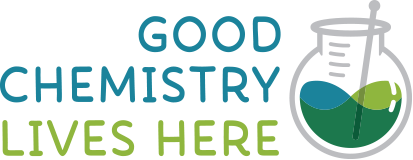What Are Antimicrobials?
Almost everywhere you look, you can find microorganisms, or microbes, living organisms too small to be seen with the naked eye. While some microbes are good and important to many ecosystems, others can cause serious illnesses. That’s why we rely on the “good chemistry” of substances known as antimicrobials.
Antimicrobials, also known as biocides, help prevent the growth and spread of unwanted microbes. We rely on a class of antimicrobials known as disinfectants to help kill many disease-causing viruses (like the flu), bacteria (examples include E. coli and salmonella), fungi (such as mold) and other microbes before they can make you and your family sick. Disinfectants are used in hospitals, homes, schools, and countless other spaces to help kill germs, help treat drinking water, help ensure products last longer, and help keep manufacturing processes running safely. As you can see, these good chemistries touch many aspects of our daily lives.
Learn Where Antimicrobials Are Used


